We propose 5 exercises to improve memory created by NeuronUP.
Memory makes us who we are, we learn and change according to stimuli from our environment. Thanks to it we remember the people we are with, the conversations we had, where we have traveled, our knowledge and professional skills.
Having good memory is conditioned by age, diet or genetics, but also by environmental factors such as stress, intellectual activity, sleep quality, etc… However, there are diseases such as Alzheimer’s that cause the gradual loss of our memory, the loss of our memories. But a loss that can be addressed. At NeuronUP we advocate cognitive stimulation to work memory as a preventive method. Below, we present 5 exercises to improve memory in adults and children developed by NeuronUP to get our brain in shape:
5 exercises to train and improve memory
1. Telling the time
What does it involve?
Looking at the time is one of the most everyday tasks. We usually look at the clock several times each day. A task that at first sight seems simple, but can be complicated for people with mild dementia. These people can have problems calculating when units of time are mixed (hours, minutes…). Therefore, this exercise is ideal for the therapist to practice this activity with patients with some type of dementia.
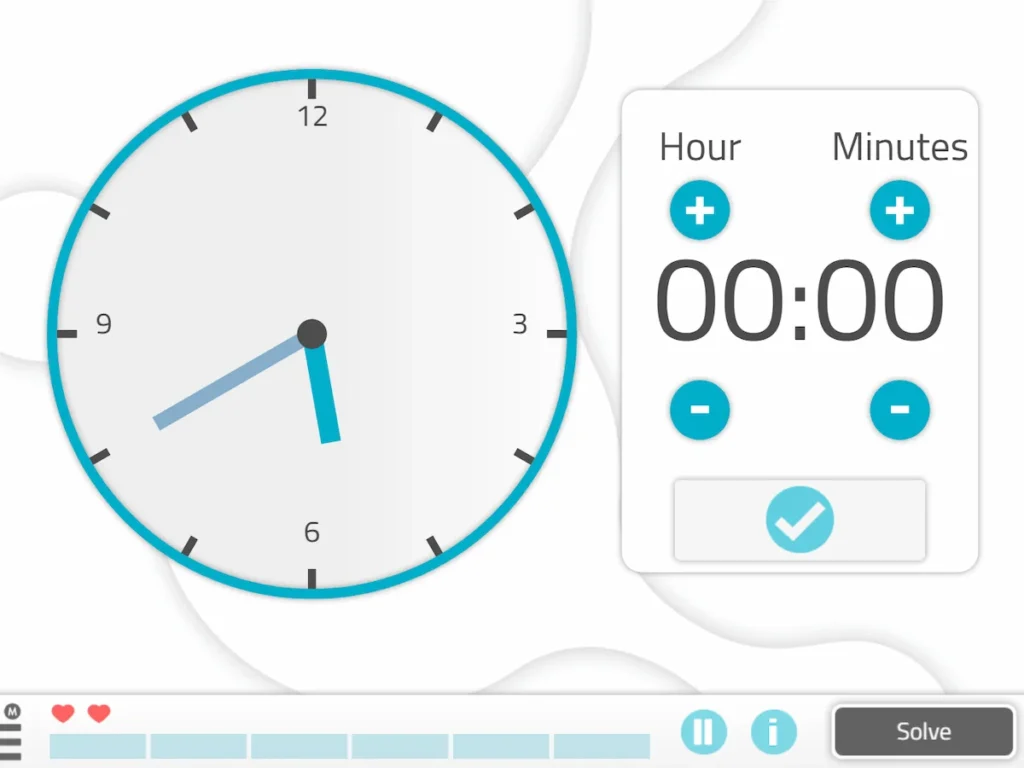
What does this activity work on?
It mainly works on the semantic memory and writing.

Subscribe
to our
Newsletter
2. Match the cards
What does it involve?
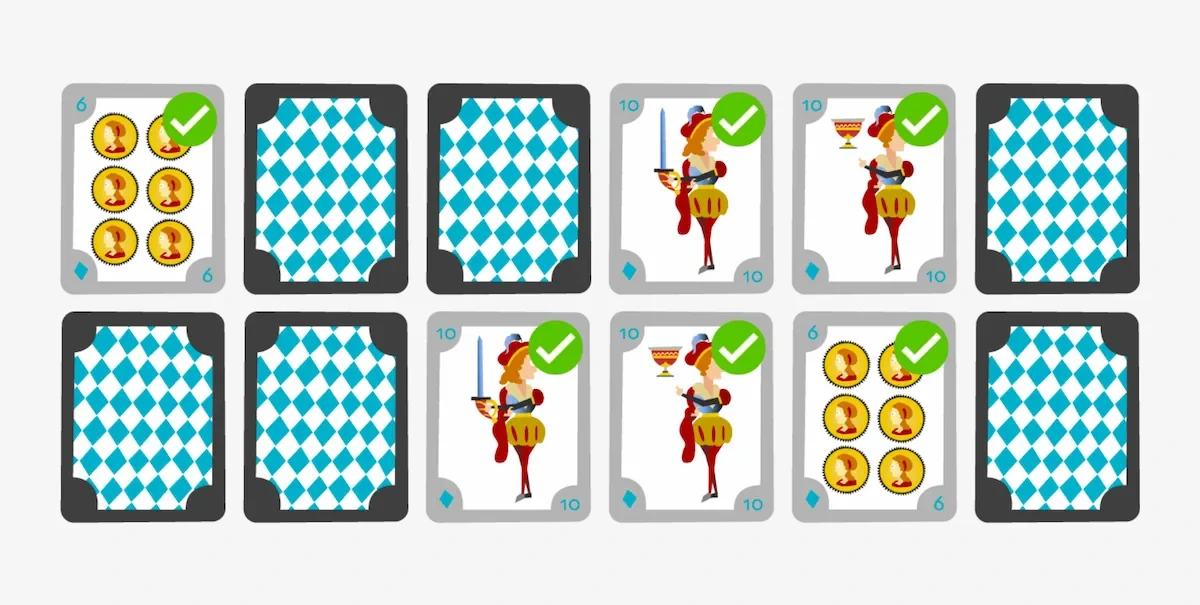

The following example is NeuronUP’s card-matching activity. It consists in discovering the pairs among a set of cards placed face down.
What does this activity work on?
It works on episodic memory, selective attention and working memory.
3. Get dressed
What does it involve?
It consists of dressing the silhouette appropriately, taking into account both the placement and order of each garment and the type of situation.
An activity ideal for working with people with Alzheimer’s disease.
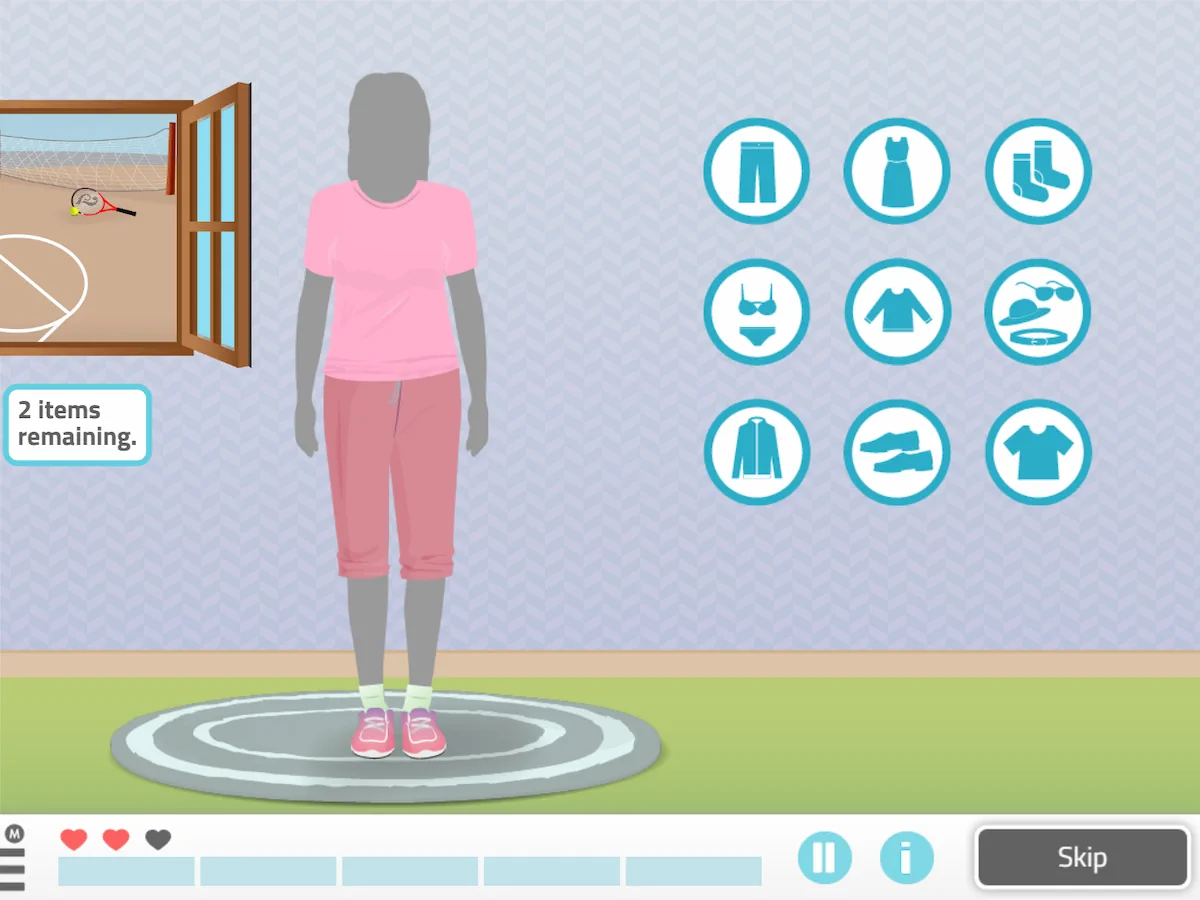
What does this activity work on?
With this exercise we work on procedural memory , body schema, ideational praxis, semantic memory and planning.
4. Find the Fish
What does it involve?
There are also exercises to work memory with children. Find the Fish is a children’s game that consists in accurately remembering the place where the fish appear.
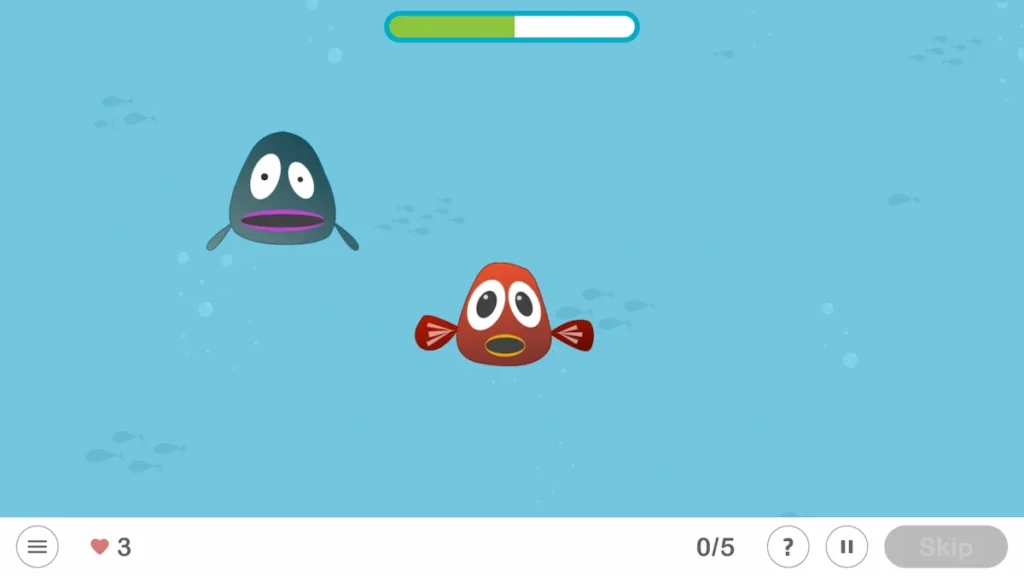
What does this activity work on?
This exercise mainly works on the episodic memory and hemispatial neglect.
Customization of the activity
In addition, NeuronUP allows the therapist to choose for each child the memorization time, the number of mistakes, the size of the fish or even whether or not there are reference lines.
Play by levels
Would your child patients be able to place the fish in the exact spot? It’s not that easy; in the more difficult levels children have to be very precise.

5. Moles
What does it involve?
Another children’s activity that works memory is Mole invasion. A game in which the patient has to first remember the order in which the moles appear and then reproduce it, but in reverse.
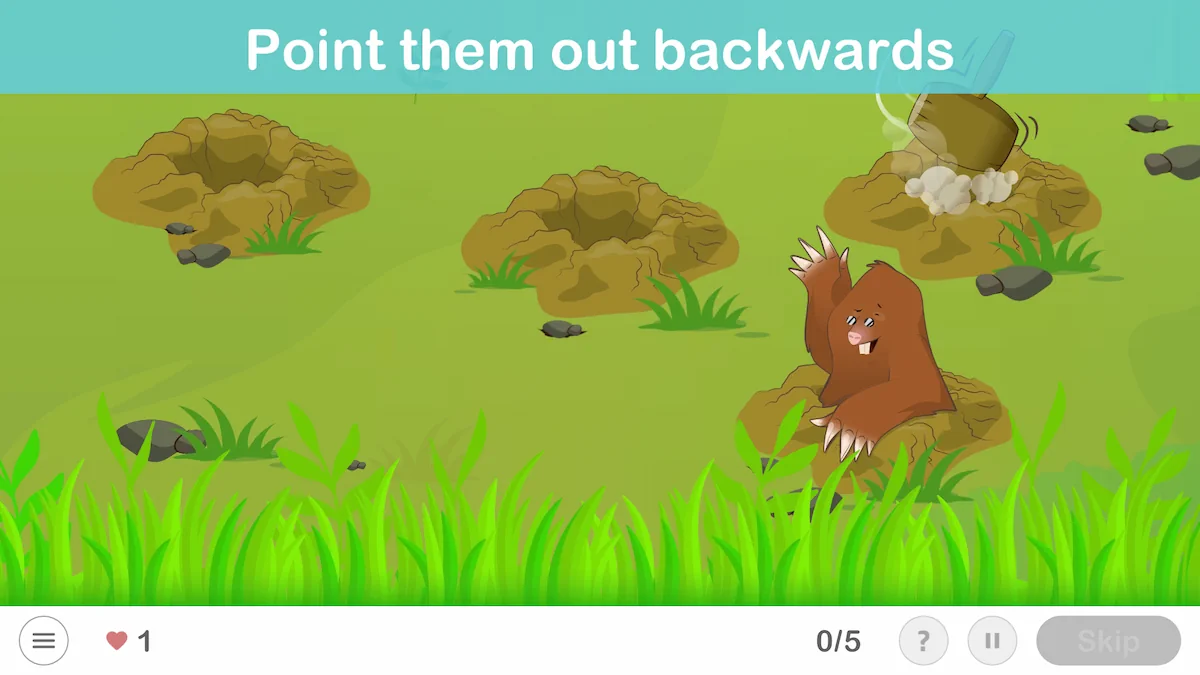
It works on working memory and sustained attention.
What does this activity work on?
Which conditions require stimulating the brain with memory exercises?
Most diseases that affect memory fall within neurodegenerative diseases. Their cause is the progressive death of neurons in different regions of the nervous system. This progressive neuronal loss is responsible for the characteristic neurological and neuropsychological signs and symptoms of each of them.
It is vital in these cases to work with cognitive stimulation at an early stage of the disease, since currently the relentless progression of these types of diseases cannot be stopped, but what can be done is slow down their cognitive and functional decline.
There is substantial scientific evidence that supports neurorehabilitation with personalized computer exercises as an effective tool to combat these types of diseases (Caglio et al., 2012, 2009; das Nair & Lincoln, 2012; McDonald, Haslam, Yates, Gurr, Leeder & Sayers, 2011 you can learn more here about scientific evidence of neurorehabilitation )
The best-known neurodegenerative disease is Alzheimer’s, but there are others that also have an impact on memory, for which NeuronUP also has specific activities for Parkinson’s, multiple sclerosis or Huntington’s.
Memory exercises for adults: the importance of exercising memory regularly as we get older
There are numerous neuropsychological studies that argue that age-associated memory problems can be reduced if the brain is properly stimulated. As we have already mentioned, there are genetic and environmental factors that play an important role in the onset of diseases associated with old age; however, the regular practice of memory activities can help improve the performance of this cognitive function to achieve healthy aging.
Memory is one of the mental processes that most degrade with neurodegenerative diseases or age and although memory problems manifest with wide differences among individuals, more than 40% of people over 60 years old suffer from them. Many people in maturity show a decline in their long-term and short-term memory performance. Short-term memory is based mainly on an acoustic code and, to a lesser extent, a visual one to store information; and long-term memory encodes information for semantic storage, that is, based on meaning and association – although long-term memory also encodes to some extent by sound. For example, when we can’t remember a word, but it is “on the tip of the tongue”, this generally is based on the sound of a word, not its meaning -.
That is why it is important to exercise the brain like any other muscle, keeping it in optimal condition, so that, as much as possible, progressive deterioration that affects its proper functioning can be slowed.
NeuronUP exercises to rehabilitate and stimulate memory
At NeuronUP we have various activities to exercise memory, for example in pathologies such as Alzheimer’s. Our exercises are designed to work memory by distinguishing two types:
- Explicit or declarative memory: it is the store of information that is consciously accessible. In this type of memory we distinguish episodic memory (characterized because what we remember are facts or events, lived experiences located in space and time) and, on the other hand, semantic memory (consists of the recognition of the meaning of objects, vocabulary or general knowledge).
- Implicit or procedural memory: refers to actions or sequences of learned acts, most of which we perform automatically without needing to think about each gesture or movement we make (they are often difficult to verbalize).
If you found this article interesting, you might also like the following articles:
“This article has been translated. Link to the original article in Spanish:”
5 ejercicios para mejorar la memoria
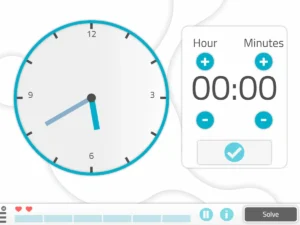
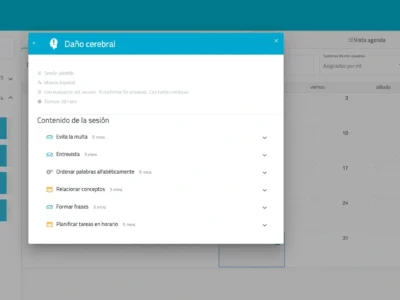
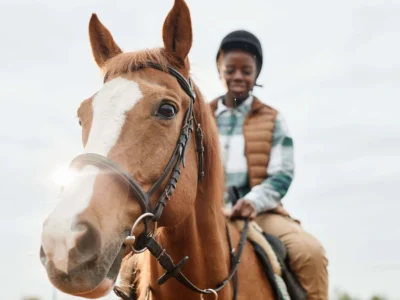
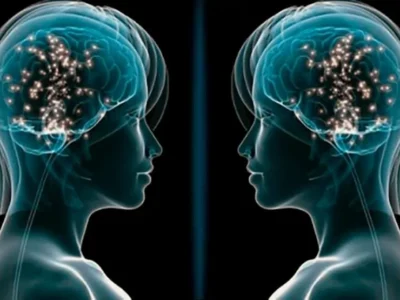
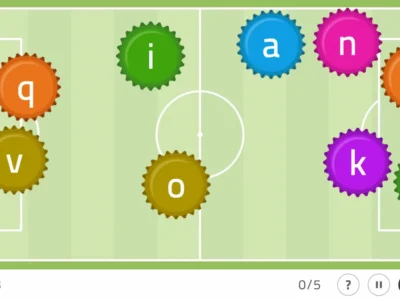

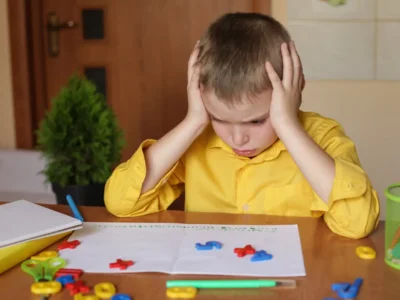
 Work-related stress: definition, causes, and health consequences
Work-related stress: definition, causes, and health consequences
Leave a Reply